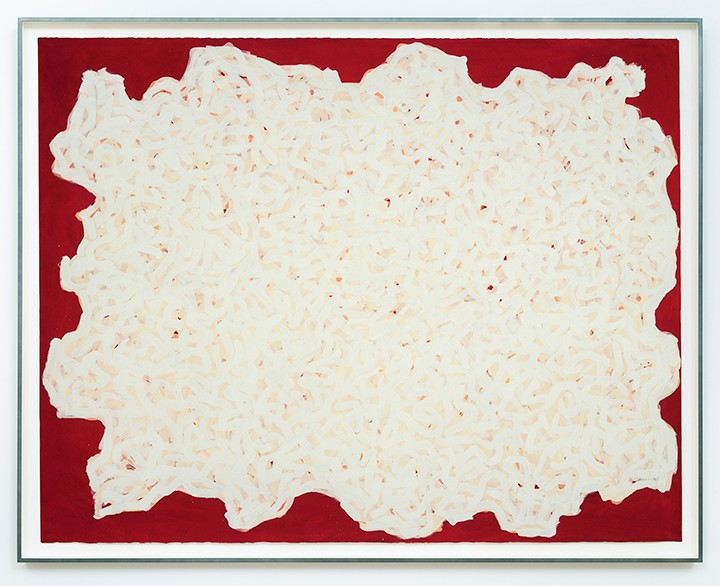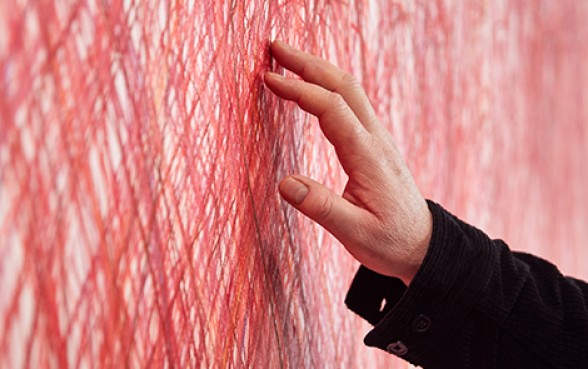
Sol LeWitt’s practice ranged from works on paper to wall drawings and sculptures. The iconic artist was a pioneer of both Minimalism and Conceptualism, two art movements that emerged in the 1960s as a reaction against Abstract Expressionism. The idea behind the work is regarded in conceptual art as more important than the finished object. LeWitt believed that materials should be secondary to ideas. Often the artworks were made, not by him, but by assistants following his instructions. By inviting others to fabricate his work, LeWitt challenged the traditional role of the artist in the making process.
SOL LEWITT (American, 1928–2007)
Gouache on paper
153.7 x 196.2cm
Acquired in 2020


